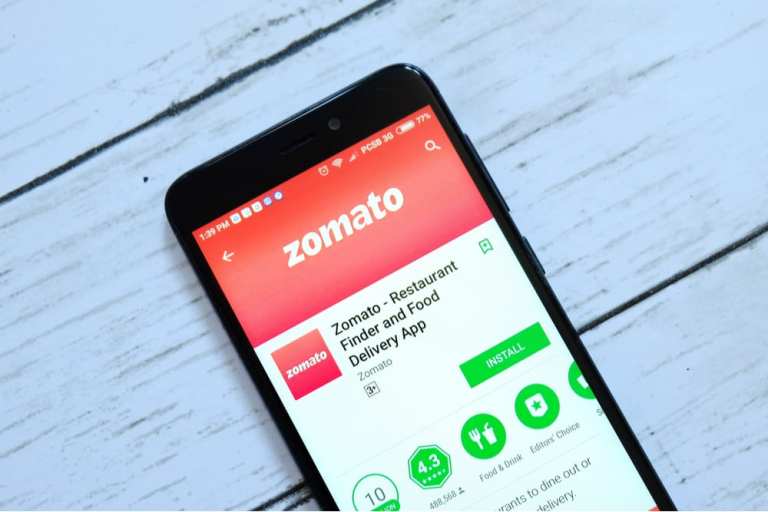
As restaurants lose interest in the company’s Gold Subscription program, food delivery startup Zomato is hitting roadblocks in India. The offering was meant to be a win-win for restaurant partners along with Zomato, according to reports.
With the Gold program, restaurants had the ability to win some customers and gain better discovery while taking in enhanced reviews due to freebies. Zomato had a better ability to monetize its customer base. (It charges a fee for a subscription to Gold.) However, according to reports, the company “somewhere down the line” opened the program to everyone even though it was said to be meant for a limited number of subscribers.
Zomato CEO Deepinder Goyal noted that the company made some mistakes and took note of the resistance. Goyal said, according to reports, “Somewhere, we have made mistakes and things haven’t gone as planned. This is a wake up call that we need to do 100x more for our restaurant partners than we have done before.”
According to the report, over 2,000 of the 6,500 Zomato Gold restaurant partners opted out of the offering in recent days. The disruption happened after a trade body, the National Restaurant Association of India (NRAI), started a campaign against Zomato as well as dining startups like Dineout, Nearbuy, Magicpin and EazyDiner.
In separate Zomato news, the food delivery service is taking to the skies to traverse routes that are densely populated. According to news in June, the company said it had made a successful test of delivery by hybrid drone. The drone covered 3.1 miles in less than 10 minutes and had an 11-pound payload, while the firm seeks to someday make deliveries within 15 minutes, per news at the time.
Goyal said per the report, “Fifteen minutes is only possible if we take the aerial route — roads are not efficient for very fast delivery.” Goyal continued, “While our biker fleet nowadays delivers in 30.5 minutes on an average (which is the fastest in the industry as far as we know), every incremental minute with our fleet becomes harder as it separates our users from their ordered food.”